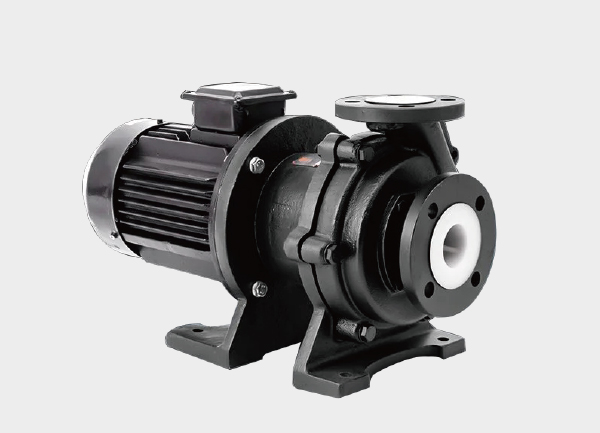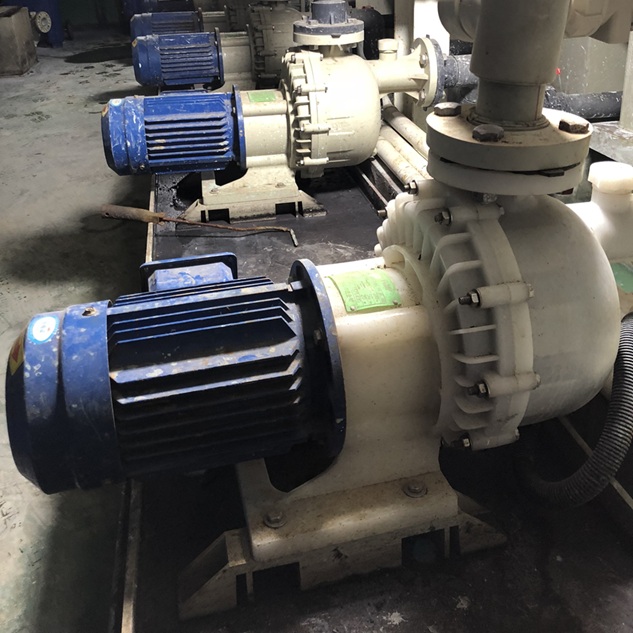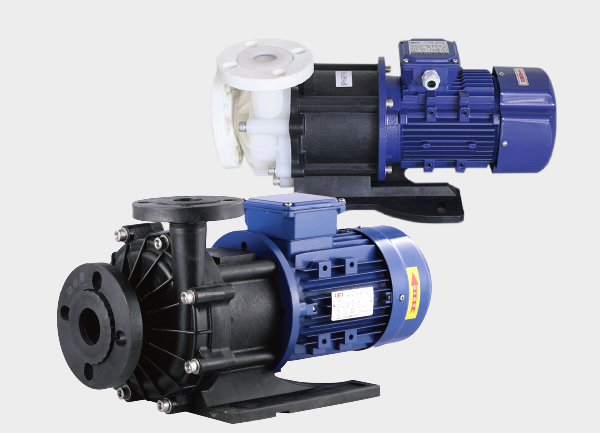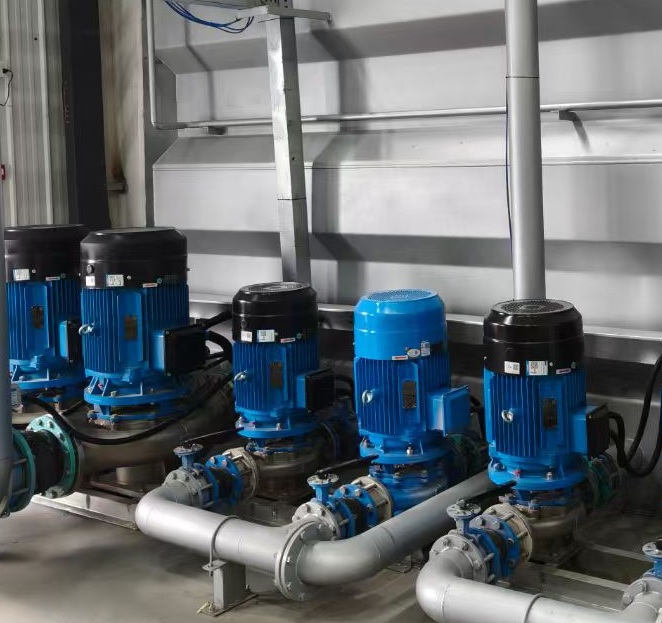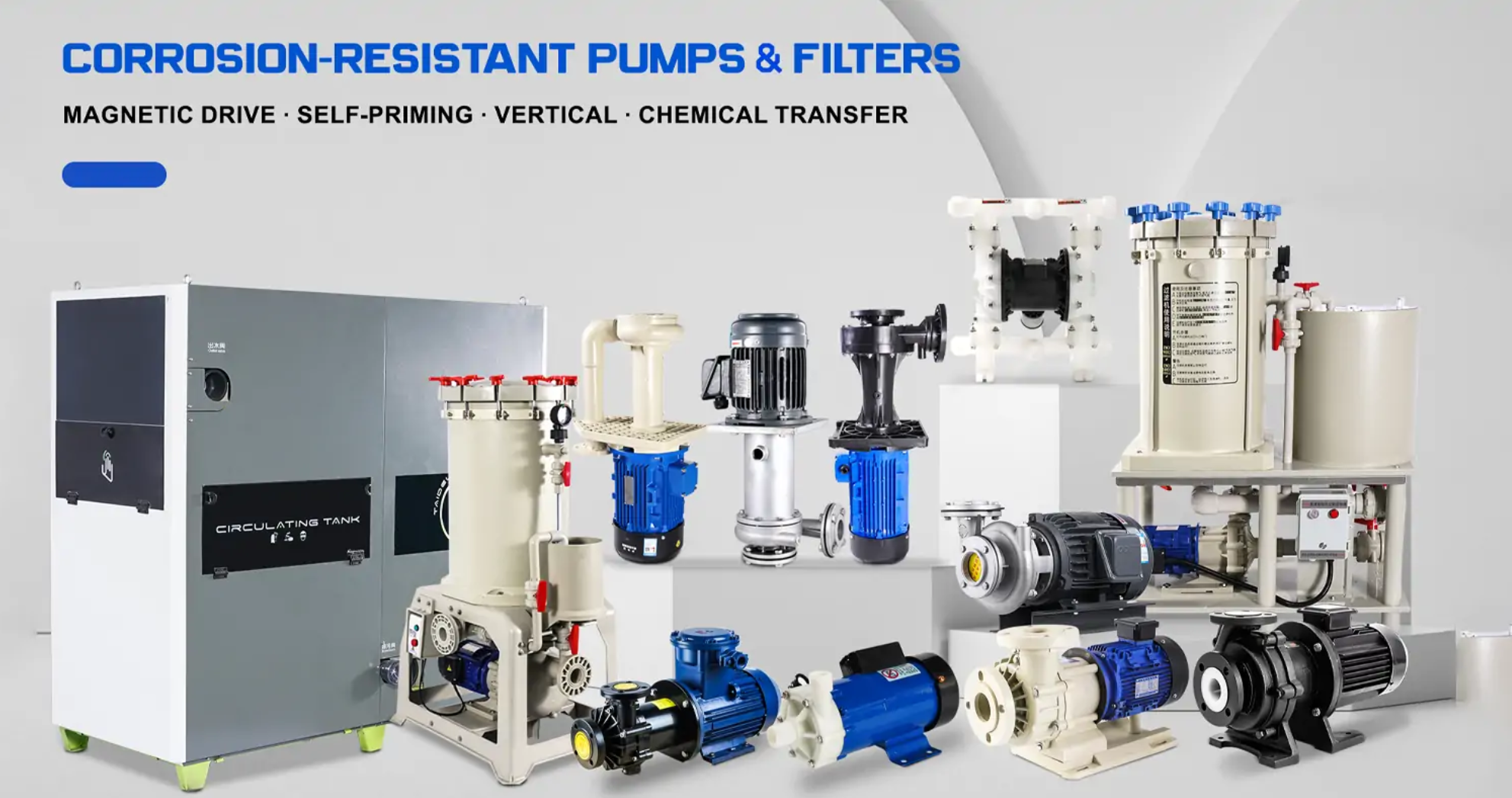Excessive vibration and noise in magnetic drive pumps can significantly affect performance, reliability, and service life. To solve these issues effectively, it is essential to identify the root cause first and then take targeted actions. Common causes fall into four main categories: installation, component wear, fluid properties, and pump selection.

1. Inspect Installation Issues (Most Frequently Overlooked)
Improper installation is often the primary cause of initial vibration and noise. Follow these steps:
Check Foundation Stability
Ensure the pump is mounted on a firm and level base.
Verify that anchor bolts are securely tightened.
An uneven foundation can cause overall vibration during operation.
Verify Coupling Alignment
The pump and motor couplings must be precisely aligned.
Misalignment can create radial forces, leading to vibration and premature bearing wear.
Check Piping Support
Suction and discharge pipes should be independently supported.
Pipe weight pressing on the pump casing can deform the pump, generating operational noise.
2. Inspect Core Components for Wear or Damage
Component wear over time is a direct cause of vibration and noise. Focus on the following:
Impeller
Check for wear, corrosion, or blockage.
An unbalanced impeller can cause rotor eccentricity, leading to periodic vibrations.
Bearings
Touch the bearing housing to check for excessive heat or unusual noise.
Worn bearings should be replaced with the same model.
Magnet and Isolation Sleeve
Ensure the inner magnet is intact and the outer magnet has not demagnetized.
Deformed or damaged isolation sleeves can disrupt magnetic coupling balance, causing vibration.
3. Confirm Fluid and Operating Conditions
Fluid properties or abnormal operating conditions can indirectly cause vibration and noise:
Fluid Containing Solids
Solid particles can damage the impeller and bearings.
Solution: Install a filter at the pump inlet.
High Viscosity or Density
Fluids exceeding the pump’s design limits increase load, causing motor overload and vibration.
Solution: Use a magnetic drive pump rated for higher viscosity fluids.
Cavitation
Air leaks in the suction line or low liquid levels can form vapor bubbles that collapse, producing cavitation noise.
Solution: Ensure proper sealing of suction valves and maintain the recommended liquid level.
4. Verify Pump Selection
If the above checks show no issues, ensure the pump is properly sized for the application:
Flow Rate or Head Too High
Operating below the rated conditions (“oversized pump”) can cause unstable flow and vibration.
Solution: Select a smaller pump or adjust flow with discharge valves.
Motor Power Mismatch
An undersized motor can cause overload operation and high-frequency noise.
Solution: Confirm that the motor power matches the pump’s rated requirements.
✅ Conclusion: To troubleshoot excessive vibration and noise in magnetic drive pumps, follow the logical order: Installation → Components → Fluid → Pump Selection. Identifying the root cause allows for targeted corrective actions, ensuring smooth operation, long service life, and reliable performance.



